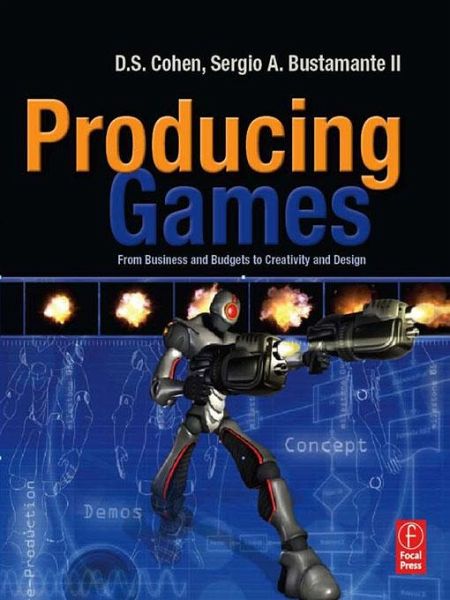
Producing Games (eBook, ePUB)
From Business and Budgets to Creativity and Design
Versandkostenfrei!
Sofort per Download lieferbar
36,95 €
inkl. MwSt.
Weitere Ausgaben:

PAYBACK Punkte
18 °P sammeln!
Computer games are big business - tens of billions of dollars are spent annually by the worldwide video games market. The cost of producing video games has ballooned to beyond $20 million dollars in many cases, and team sizes are quickly growing past 100 team members. At the center of this storm is the producer - one person who transforms the money, the hours spent by the team, and the latest technology into a work of art that millions of people will call fun. This book will dig deeply into the role of the producer and expose secrets of game production that stand the test of time: how to build...
Computer games are big business - tens of billions of dollars are spent annually by the worldwide video games market. The cost of producing video games has ballooned to beyond $20 million dollars in many cases, and team sizes are quickly growing past 100 team members. At the center of this storm is the producer - one person who transforms the money, the hours spent by the team, and the latest technology into a work of art that millions of people will call fun. This book will dig deeply into the role of the producer and expose secrets of game production that stand the test of time: how to build a great team, how to plan a major game development project, and how to pull the development team toward the vision of a great game.
Dieser Download kann aus rechtlichen Gründen nur mit Rechnungsadresse in A, B, BG, CY, CZ, D, DK, EW, E, FIN, F, GR, HR, H, IRL, I, LT, L, LR, M, NL, PL, P, R, S, SLO, SK ausgeliefert werden.













